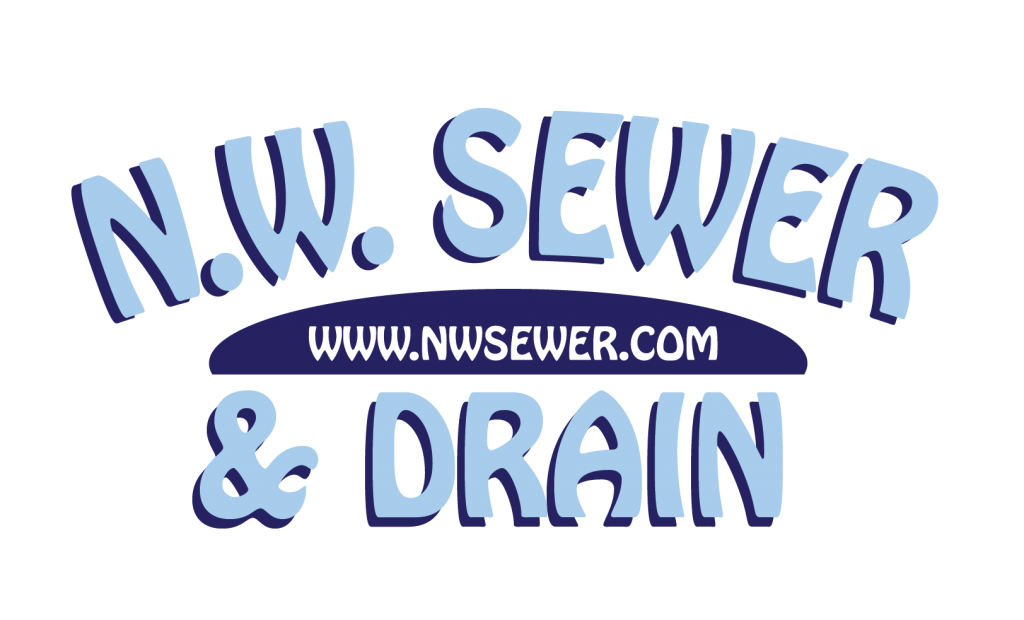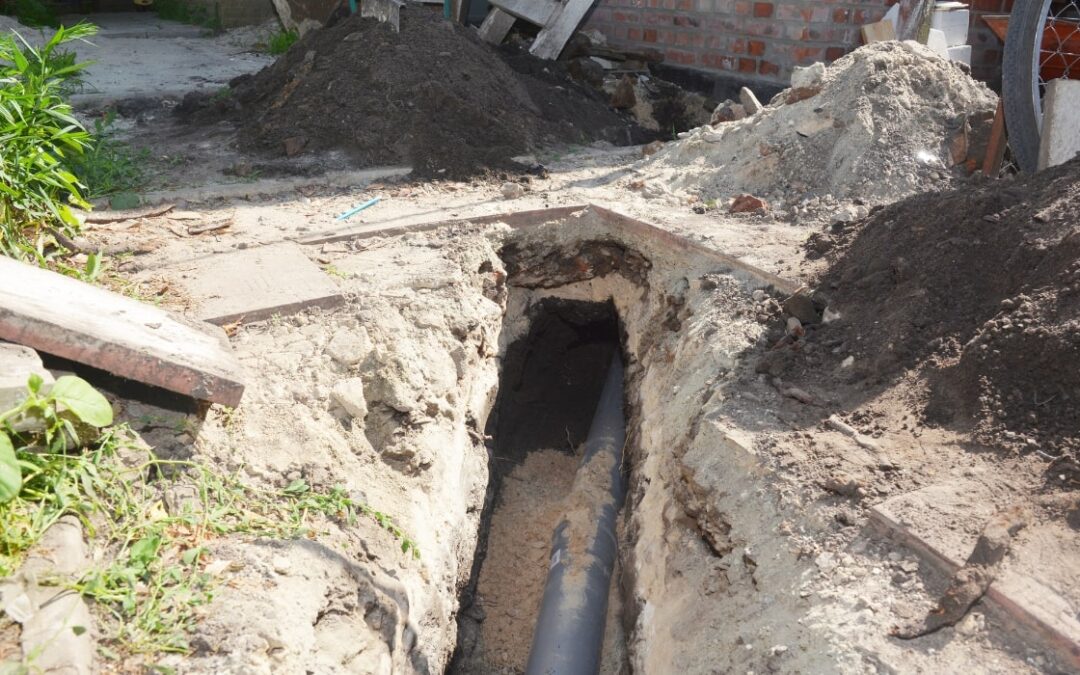Facing the need to replace sewer lines is rarely a homeowner’s idea of a good time. It often comes with worries about cost, disruption, and the sheer mess of it all. The good news is that plumbing technology has evolved, and you now have more options than the traditional dig-up-the-entire-yard method.
When a video inspection reveals that your sewer line is beyond repair (maybe due to age, significant damage, or persistent root intrusion) you’ll typically be presented with two main approaches to replace sewer lines: traditional excavation or trenchless technology. Both are effective, but each has its own set of benefits and is better suited for specific circumstances.
Let the experts here at N.W. Sewer & Drain break down these two methods:
Traditional Excavation (The Classic Dig)
This is likely what comes to mind when you think about sewer line replacement. Excavation involves digging a trench along the path of the entire sewer line to expose the old pipe, remove it, and install a new one.
- How it works: Heavy equipment like backhoes are used to dig a trench from your house connection all the way to the municipal sewer line or septic system. The old pipe is accessed, cut, and removed section by section, and new pipes (usually PVC) are laid in its place. The trench is then backfilled, and the surface is restored.
- Benefits:
- Direct Access: This method provides direct visual access to the entire pipe, which can be crucial if there are complex issues, significant pipe sags (bellies), or surrounding soil problems that need to be addressed directly.
- Suitable for Severe Damage: If the pipe has completely collapsed in multiple sections or has severe alignment issues, traditional excavation is often the most viable solution as trenchless methods may not be possible.
- Material Flexibility: Allows for the installation of various pipe materials if required, although PVC is standard for residential replacements.
- Best For: Situations with severely damaged or collapsed pipes, significant sags in the line, when access points for trenchless methods are not feasible, or when other underground utilities are in the direct path of the sewer line and require careful navigation.
Trenchless Sewer Line Replacement (Minimal Digging, Maximum Innovation)
Trenchless technology aims to replace your sewer line with minimal disruption to your property. Instead of a long trench, it typically only requires one or two access points. The two primary trenchless methods are pipe bursting and pipe lining (though lining is often considered a repair, bursting is a true replacement).
- How it works (Pipe Bursting): This is the most common trenchless replacement method. Pipe bursting involves digging small access pits at the beginning and end of the sewer line. A new pipe is attached to a bursting head, which is then pulled through the old pipe’s path. As the new pipe is pulled, the bursting head shatters the old pipe and pushes the fragments outward into the surrounding soil, effectively replacing the old pipe with a new, seamless one.
- Benefits:
- Minimal Disruption: This is the biggest advantage. Your yard, landscaping, driveway, and other surface structures remain largely intact, saving you significant restoration costs and hassle.
- Faster Completion Time: Without the need for extensive digging and backfilling, trenchless projects are often completed much faster than traditional excavation – sometimes in just a day or two.
- Cost Savings (Often): While the per-foot cost of the trenchless process might sometimes be higher, the overall cost is frequently lower when you factor in the avoided expenses of repairing landscaping, driveways, and other property features damaged by trenching.
- Durable New Pipe: The new pipes used in trenchless replacement (like seamless HDPE) are very durable and resistant to roots and corrosion.
- Best For: Situations where the existing pipe is damaged but still has a relatively straight path, when preserving landscaping and property features is a high priority, and when the sewer line isn’t excessively deep or running through areas with complex underground obstructions.
Which Method is Right for You? N.W. Sewer & Drain Is Here to Help
Deciding which method to use to replace sewer lines depends entirely on the specific circumstances of your property and the condition of your existing sewer line. There’s no one-size-fits-all answer. A thorough inspection, often including a video camera inspection, is essential to determine the extent of the damage, the pipe’s material and depth, the layout of your property, and the location of other utilities.
A qualified sewer specialist will assess all these factors and recommend the best course of action for your situation. They can walk you through the pros and cons of each method based on what they find, helping you make an informed decision that protects your home and your wallet.
If you’re facing the need to replace sewer lines and want to understand which option is best for your home, don’t hesitate to seek expert advice. Contact N.W. Sewer & Drain today. We specialize in both traditional and trenchless sewer line replacement and can help you determine the most effective and efficient solution for your sewer line needs.




